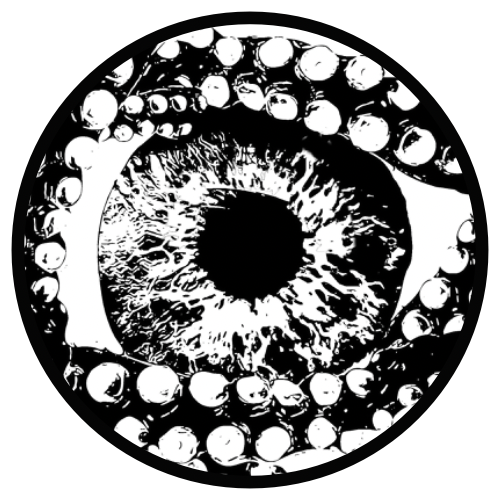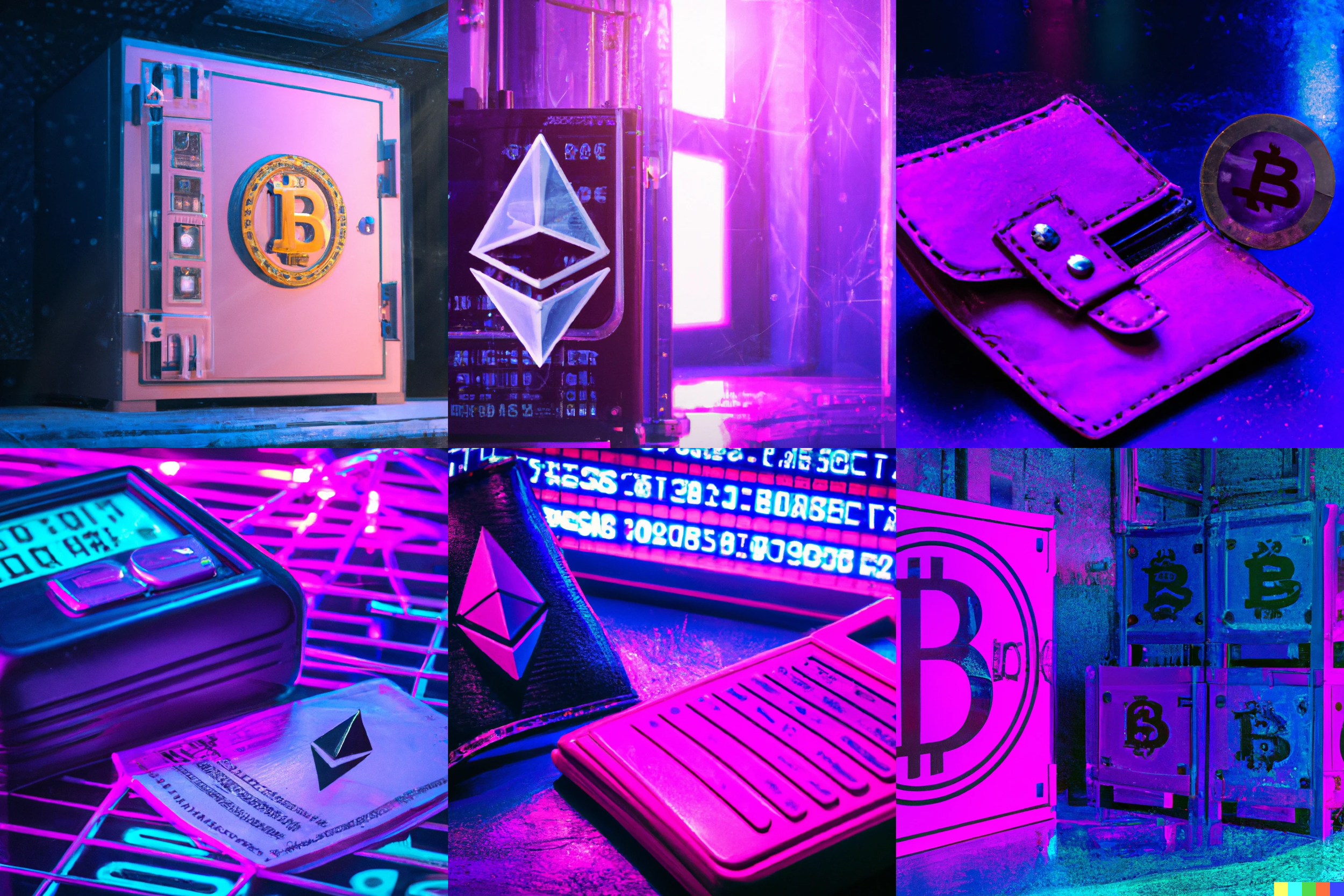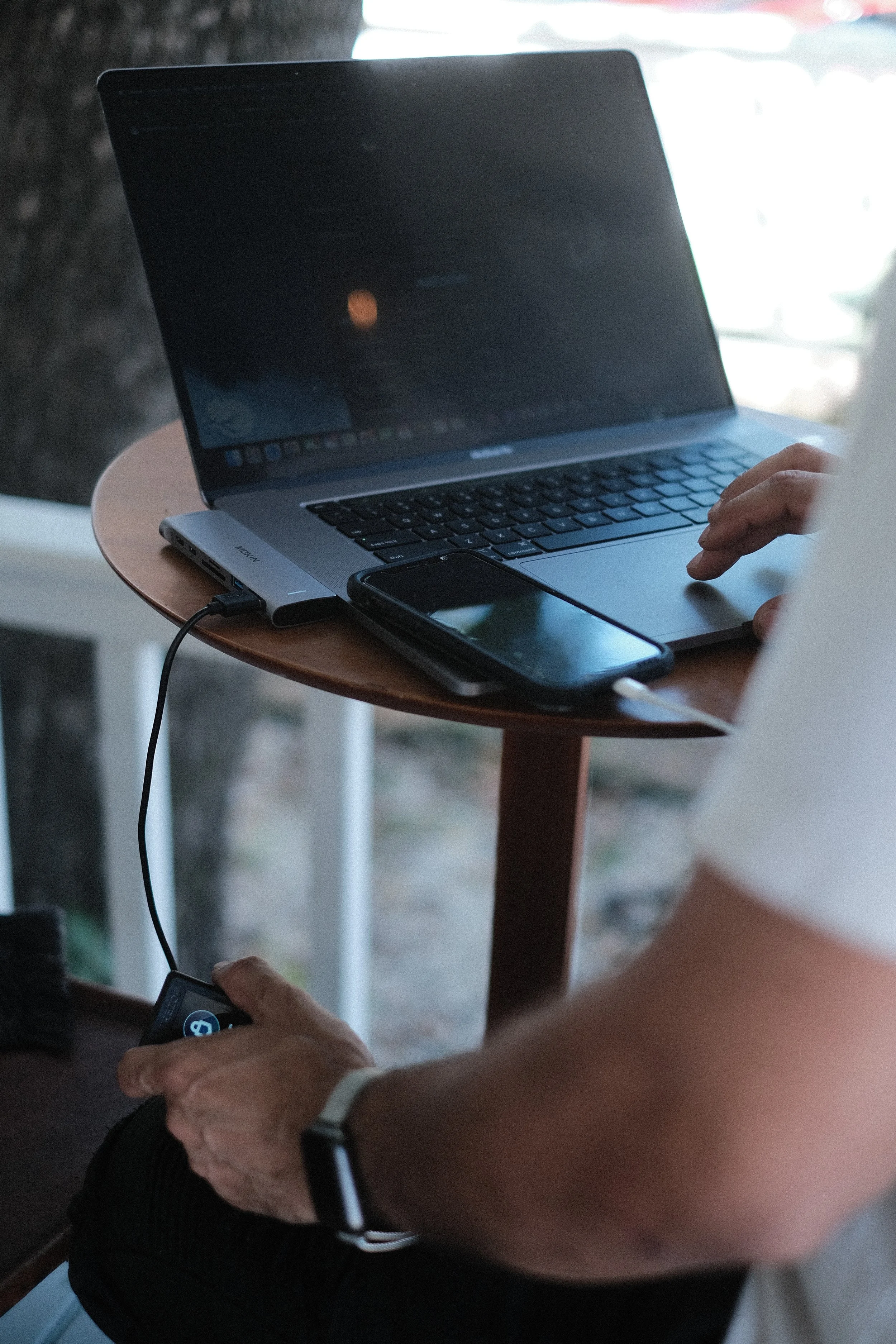NFT Collection Protection: 4 Strategies to Keep Your Digital Art Safe
4 Must-Know Tips to Protect Your NFT Collection
Are you a digital art enthusiast with a growing collection of NFTs?
Are you holding (or HODLing) bags that need a safe home?
Or, maybe you’re a total crypto newbie. (If this is you, hi, and welcome to Web3!)
If any of the above is applicable (or if you just need a little safety refresher) it’s important to have a solid strategy in place for managing and protecting your assets, whether they’re fungible, non-fungible, or anything else in between.
This guide is for the Web3 newbies and seasoned degens.
Whether your wallet is full of blue chips or rug pulls and magic carpet rides, you should still protect your assets. I’m here to help.
Here are four tips to keep your NFTs + other digital collectibles safe and secure.
1. Keep a record of your collection.
As your collection grows, it can be easy to lose track of what you have. Multiple wallet addresses and seed phrases can add up between your “hot” wallets like MetaMask and Rainbow, and your Trezor, Ledger, or other hardware wallets. That’s why it’s important to keep a record of your NFT purchases. Yes, even the ones that are now worth less than the gas fees it would take to send it to another wallet. This will help you stay organized, and make it easier to notice if anything is ever awry after clicking a bad link! This will also make taxes less scary. Yeah, don’t forget about taxes.
2. Invest in an offline cold storage solution or hardware wallet.
Look for a wallet that offers strong encryption and other security features, such as multi-factor authentication. Ledger and Trezor are two solid and well-respected choices if you’re not sure where to start.
Next, do some research to find a safe way to store your seed phrase that’s ideally not located anywhere connected to the internet, like in iCloud or other cloud-based password managers. You can do things like punch your seed phrase into near-indestructible steel plates, or scatter clues around various vaults, but when in doubt, pen and paper is never a bad idea.
Here’s why using a cold storage hard wallet for storing your crypto and NFTs can be a good idea:
Enhanced security: Cold storage wallets are one of the most secure ways to store your crypto and NFTs. Since they’re offline and not connected to the internet, they are much less vulnerable to hacking and other forms of cyber attacks.
Nothing is 100% secure, but it’s never a bad idea to make it harder for scammers to take advantage of you. This can provide an extra layer of protection for your assets.
Control over your private keys: With a cold storage hard wallet, you have direct control over your private keys. This means that you are the only one who can access your assets, and you don’t have to rely on a third party to manage your keys for you. We’re looking at you, FTX and other exchanges that have failed us.
Holding your own private keys = peace of mind and more control over your assets.
Easy to use: Despite their advanced security features, cold storage hard wallets are actually pretty easy to use. Most have generally user-friendly interfaces and come with instructions on how to set them up and manage your assets.
Even if you are new to crypto and NFTs, you can easily get started with a cold storage hard wallet.
Super small + portable: Unlike some other forms of cold storage, such as paper wallets, cold storage hard wallets are portable and easy to carry with you. This can be convenient if you want to access your assets while on the go, or if you want to store them in a safe place away from your home or office. But you won’t catch me wearing my Ledger around my neck in a bedazzled case. (No shade to anyone with a $1,950 Fendi Ledger.)
Peace of mind: By using a cold storage hard wallet, you can have greater peace of mind knowing that your assets are secure and well-protected. Your NFTs are valuable assets, so it’s essential to store them somewhere safe.
3. Be wary of connecting your wallet to unknown sites.
You should be especially cautious when minting and/or buying NFTs. This space is full of scams. As NFTs become even more popular, the number of scammers seems to increase exponentially. To protect yourself, be cautious when buying NFTs, and always do your research before making a purchase. Look for reputable sellers, avoid known rug pullers, and, DYOR (do your own research).
Always verify that the site you’re connecting to isn’t a fake site designed to steal your assets. When in doubt, always double check the URL of the site you’re visiting. Don’t connect your wallet, and don’t “sign” any transactions that look sketchy.
It’s also a good idea to learn more about smart contracts and how they work before interacting with them and potentially compromising your wallet and assets.
Another newer solution is utilizing applications like tokenproof, that allow you to safely access token-gated content without connecting your wallet or signing a message each time.
This is one of the best options when it comes to IRL events for NFT holders, as your digital assets can be safe at home, in your cold storage wallet, and you can simply authenticate your ownership using tokenproof.
4. Keep an eye on the market.
The NFT market is constantly changing, with new developments, trends, opportunities, and scams emerging all the time. To stay ahead of the game and make smart decisions about your collection, it’s important to keep an eye on the market and stay up-to-date on the latest news and developments.
Don’t be afraid to hop on the crypto side of Twitter or other social media platforms if you want a quick glimpse into the scam of the week, or need to do a little more research on a new project.
By following these simple tips, you can take important steps to protect and manage your collection of NFTs, and enjoy the well-deserved utility of owning digital art with peace of mind.





